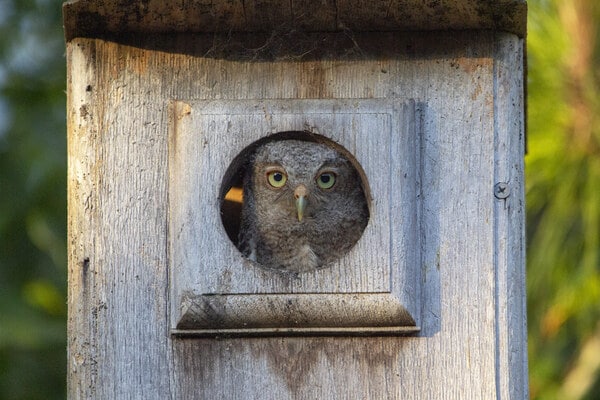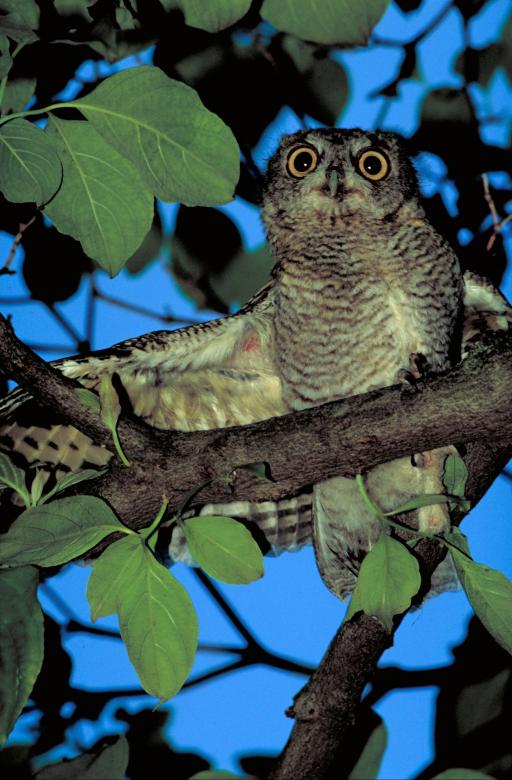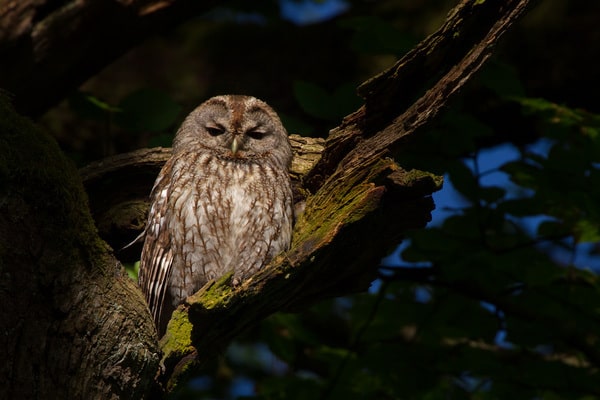Baby Western Screech Owls are very fluffy and often covered with a thick layer of white or grey down. Their heads are often shaped like a heart and have round, black eyes. The fluff is adorned with a hook-shaped beak. They are the smallest North American owls. Baby WSOs are at risk of death due to being hit in the night by cars.
How does a baby owl learn ?
- For quiet prey attack, the tips of the flight feathers have been serrated.
- They have an acute hearing sense that allows them to locate mammals under thick snow and heavy vegetation.
- Their large eyes allow them to detect even the smallest movements of predators and prey in the darkness.
- Their cryptic colors help them blend in with tree branches, which is a type of natural camouflage.
There are nine subspecies of Western Screech Owls:
- Megascops kennicottii aikeni
- Megascops kennicottii bendirei
- Megascops kennicottii cardonensis
- Megascops kennicottii kennicottii
- Megascops kennicottii macfarlanei
- Megascops kennicottii suttoni


Behavior of a baby western screech Owl :
- The Western Screech Owl is nocturnal. They leave their roosts at sunset to forage and return within half an hour of sunrise. On sunny winter days, you may see them sitting at the entrances to their roost cavities.
- They are socially monogamous, meaning that they raise their young together. However, both sexes can also mate outside of the pair. Pairs often show affection for each other by preening the male and female. They sing duets during courtship and mating. The male then presents food to the woman.
- The male nests close to the cavity during breeding season. The nestling period ends with the female leaving the nest. She will often be close enough to the male to touch their bodies, and roosts near the cavity during the last weeks. The entrance is guarded by both adults and jays.
- The male provides most of the food for the young and the female during nesting while the female incubates eggs, and broods baby owls. For the first three weeks, she stays with her young and then takes longer breaks to assist the male in hunting. Before they are able to fly, owls must leave the nest. After leaving the nest, they stay with their parents for approximately 5 weeks.
Status of Western :
According to the North American Breeding Bird Survey, its sample size is not sufficient to accurately estimate population changes for this species. However, populations seem to have declined significantly between 1966 and 2015. Partners in Flight has estimated that the global breeding population is 400,000. 69% are in the United States, 6% in Canada and 25% in Mexico. They are rated a 12th out of 20 on the Continental Concern Score.

